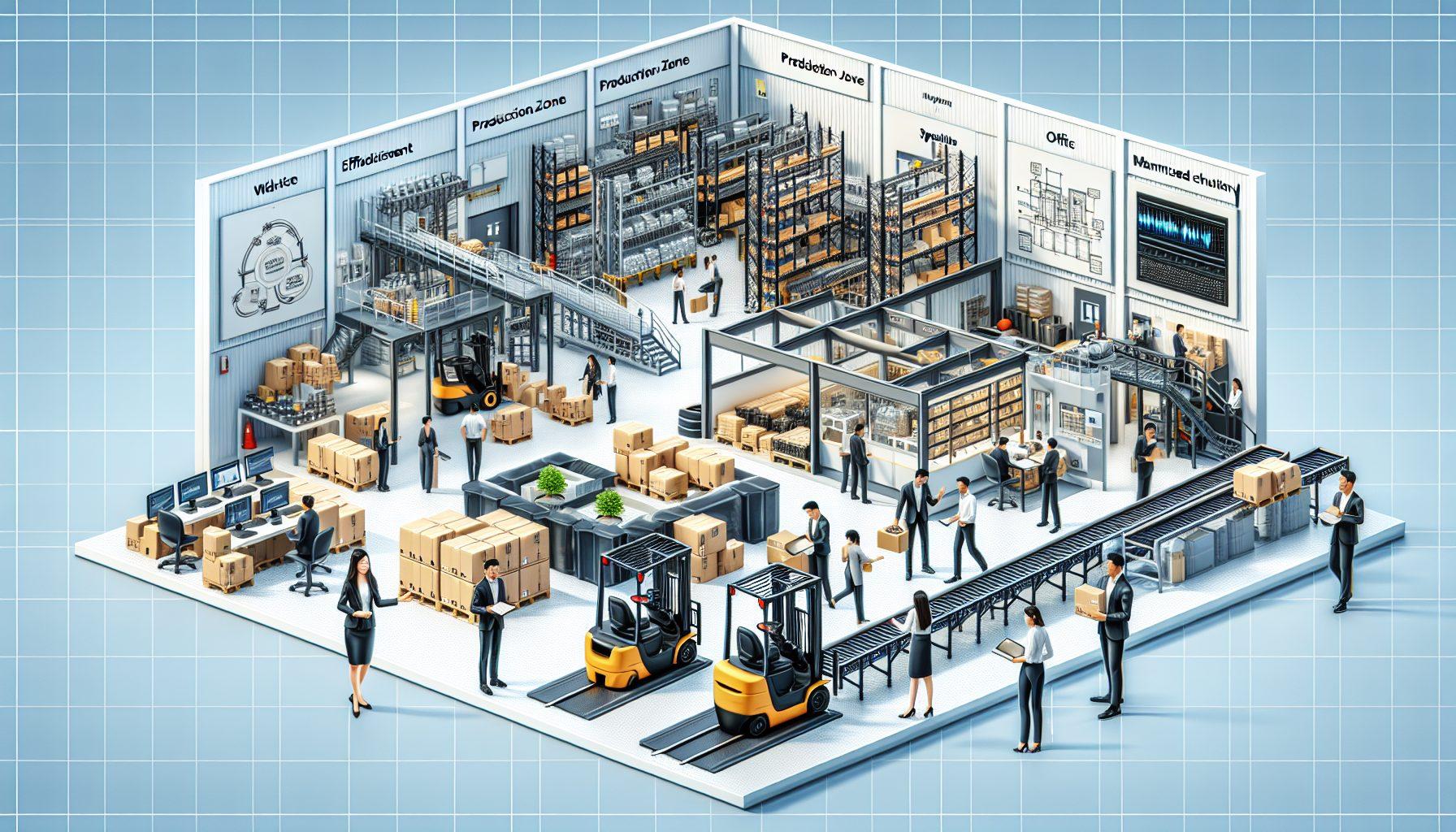When it comes to running a successful warehouse operation, optimizing material handling equipment (MHE) is crucial. Whether you are operating a fulfillment center, a distribution center, or a manufacturing facility, having efficient and well-maintained MHE can significantly improve your overall productivity and profitability.
Why Optimize MHE in Mixed-Use Facilities?
In mixed-use facilities, where multiple types of products and operations coexist, the optimization of MHE becomes even more critical. These facilities often handle a variety of materials, ranging from small items to heavy machinery, and require different types of equipment to efficiently manage the workflow. By optimizing MHE, you can streamline operations, improve safety, and maximize space utilization, ultimately leading to greater efficiency and cost-effectiveness.
The Benefits of Optimized MHE in Mixed-Use Facilities
1. Improved Efficiency: Optimizing MHE in mixed-use facilities allows for better coordination and synchronization of material flow. By utilizing the appropriate equipment for each task, you can reduce idle time, minimize material handling steps, and increase throughput. This helps to expedite order fulfillment, reduce lead times, and enhance overall operational efficiency.
2. Enhanced Safety: Safety is paramount in any warehouse environment, especially in mixed-use facilities where various types of operations are taking place simultaneously. Optimizing MHE includes regular maintenance, proper training, and the use of safety features such as sensors and alarms. These measures ensure a secure working environment, minimize the risk of accidents or injuries, and protect both employees and valuable inventory.
3. Increased Productivity: The right MHE, tailored to the specific needs of your mixed-use facility, can significantly boost productivity. Equipment such as forklifts, pallet jacks, and conveyor systems can expedite material movement, reduce manual labor, and increase the overall throughput of the facility. This allows your team to handle more tasks in less time, resulting in improved productivity and customer satisfaction.
4. Optimal Space Utilization: In mixed-use facilities, where space is often at a premium, optimizing MHE can help make the most of limited square footage. By choosing equipment that is compact, versatile, and easily maneuverable, you can utilize every inch of available space efficiently. This can involve utilizing vertical storage options, implementing automated systems, or reconfiguring layout to maximize storage density and improve workflow.
5. Cost Savings: Optimized MHE can lead to significant cost savings in the long run. By reducing operational inefficiencies, minimizing equipment downtime, and preventing inventory damage, you can achieve substantial cost reductions. Additionally, proper maintenance and proactive equipment monitoring can help identify and address potential issues before they turn into expensive breakdowns or repairs.
Tips for Optimizing MHE in Mixed-Use Facilities
Now that you understand the importance of optimizing MHE in mixed-use facilities, let’s look at some practical tips to help you achieve this:
- Conduct a thorough assessment: Start by assessing your current MHE and identifying any areas that need improvement. Look for bottlenecks, safety hazards, and opportunities for process optimization.
- Invest in the right equipment: Determine the specific requirements of your mixed-use facility and invest in MHE that is designed to handle the diversity of tasks efficiently. Consider factors such as load capacity, maneuverability, versatility, and compatibility with other equipment.
- Implement proper maintenance: Regular maintenance is crucial for the optimal performance and longevity of MHE. Develop a preventive maintenance schedule and ensure that all equipment is regularly inspected, lubricated, and repaired to minimize downtime and extend its lifespan.
- Train your team: Properly train your employees on the safe and efficient use of MHE. This includes educating them on best practices, safety protocols, and equipment-specific guidelines. Consider providing refresher training sessions to reinforce knowledge and address any new updates or changes to equipment.
- Leverage technology: Embrace technological advancements such as warehouse management systems (WMS), automated tracking systems, and smart sensors to optimize MHE operations. These technologies can provide real-time visibility, improve inventory control, and enhance overall efficiency.
By following these tips and continuously evaluating and improving your MHE processes, your mixed-use facility can achieve optimal efficiency, safety, and cost-effectiveness.
If you are looking for expert guidance and solutions to optimize your MHE in a mixed-use facility, HCO Innovations can help. With their extensive expertise in warehouse optimization, they offer tailored solutions to enhance safety, productivity, efficiency, and cost-effectiveness in warehouse operations.

